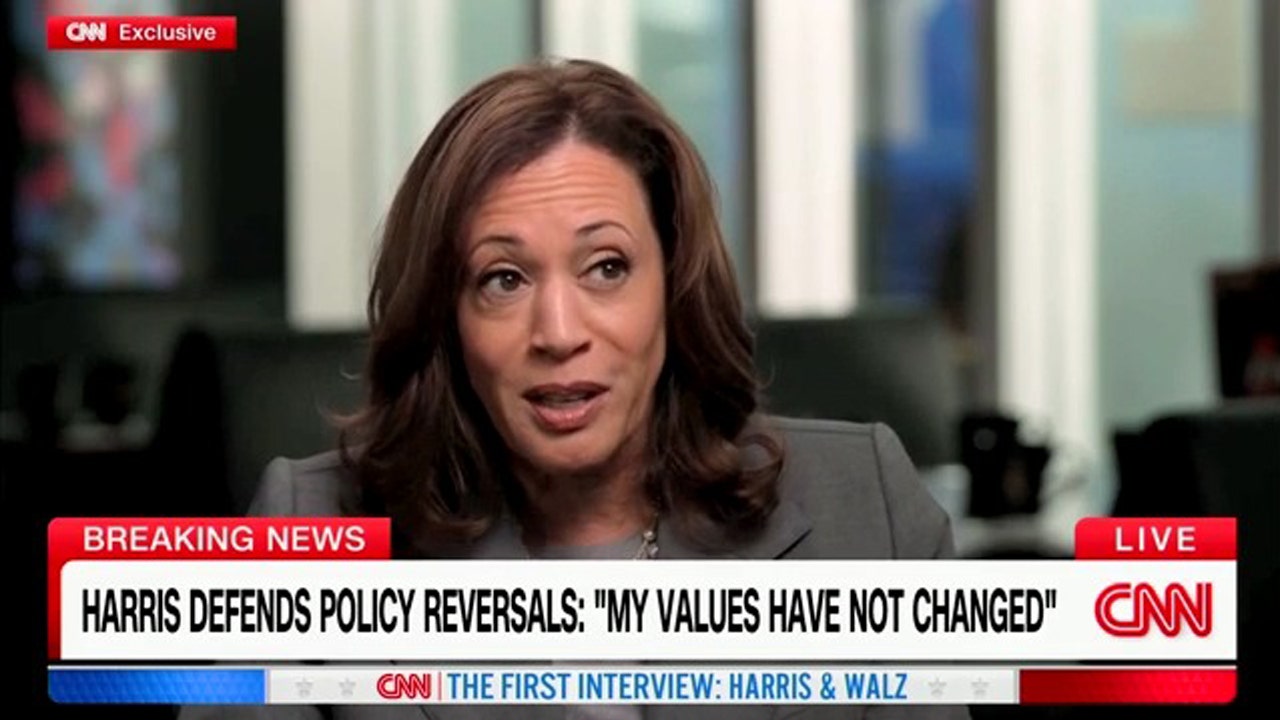California is more car-crazy than ever, and insurance rates are rising accordingly.
Data analyzed by insurance comparison website Insurify showed the average annual cost of full coverage in California was $2,417 in June, up from $1,666 a year earlier.
And premiums are projected to continue to rise, to an estimated $2,681 for full coverage by the end of the year, the report said.
Full coverage policies include comprehensive and collision coverage, as well as liability coverage, according to Insurify.
“The increases that have occurred have been largely driven by more people driving, which has led to higher claims frequency and inflationary pressures related to vehicle prices and repairs,” said Gabriel Sanchez, a spokesman for the state Department of Insurance.
While many insurers sought and received approval from the department for rate increases, others, frustrated with state regulations, limited the number of new policies in California or stopped offering them altogether.
The cost of auto claims has skyrocketed across the United States since the start of the COVID-19 pandemic, according to the Insurance Information Institute.
But the pandemic isn't the only culprit. Other factors include changes in driving habits, previous supply chain issues and how cars are made, said Michael Giusti, an analyst at InsuranceQuotes.com.
Giusti said that after stay-at-home orders were lifted during the pandemic, people took to the road in droves and continue to drive more now than before.
The cars people drive are also a factor that increases coverage costs. New cars are more expensive, which means there is a higher cost to insure them, he said.
Technological improvements in newer cars can increase the cost of a potential claim. For example, Giusti said that if he had hit a pole in his first car (a 1977 Dodge Aspen), the pole would have sustained more damage than the steel bumper.
“Today, if I were to crash into it, not only would the plastic bumper break, but the sensor would also be damaged,” he said.
The claim would have to include information on the replacement of the bumper, rewiring and recalibration of the sensor and polishing of the area. What might have been a minor dent in the past has “turned into a major claim,” he said.
Another factor driving up insurance rates is the cost of medical bills in the event of an accident. Hospital costs rose 6.7% nationwide between January 2023 and January 2024, the U.S. Bureau of Labor Statistics reported.
But despite the headwinds, there are still ways to save money on your premium while navigating the concrete jungle as safely as possible:
Compare prices
Giusti said that regardless of whether you have an insurance provider or not, you should always shop around. It's a thing of the past to stick with an insurance provider just because you've been a customer for a long time; it doesn't guarantee any savings.
“I'm not saying you should change jobs without thinking twice, but you should make sure you're getting a competitive rate,” he said.
However, the retail price is not enough. The Insurance Information Institute also recommends asking friends and family for recommendations.
Maximize your credit
After making a few calls to agents or company representatives, you may find that one insurer offers you a drastically different price than another based on your credit score.
That's why it's important to maintain your credit score by paying your bills on time, not taking out more credit than you need and keeping your credit balances as low as possible, according to the Insurance Information Institute.
Rethinking Coverage
The age of your car also determines what type of policy you'll be offered and how much it will cost, Giusti said.
If you have a car that is at least 10 years old, it is advisable to consider whether you need a collision or comprehensive policy.
“Reducing your coverage if you've already paid off your car and don't need as much is a good way to save some money, especially if the value of the car is going down,” Giusti said.
Deduction of deductibles
The institute recommends asking for higher deductibles before your insurance policy takes effect. By asking for a higher deductible (the amount you must pay before your policy starts paying for covered expenses), you can substantially reduce your costs. For example, raising your deductible from $200 to $500 could reduce your cost for collision and comprehensive coverage by 15% to 30%. Moving to a $1,000 deductible could save you 40% or more.
Bundling auto insurance with other policies, including home insurance, can also reduce your premium cost.
Check discounts
Giusti said you can also ask your insurance provider for discounts.
The institute provided a list of some common discounts, though their availability depends on the insurer and where you live:
- Anti-theft devices
- Auto and home coverage with the same company
- College students away from home
- Defensive driving courses
- Driver's education courses
- Good credit history
- Low annual mileage
- Long time customer
- More than one car
- No accidents in three years
- No traffic violations in three years
- Student drivers with good grades












